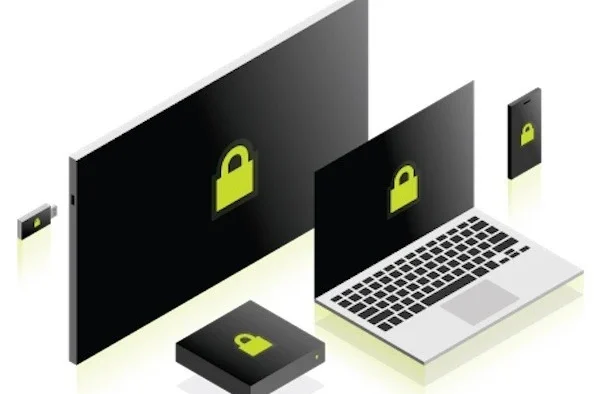Passwords
How do we manage our passwords ?
Did you know that weak passwords are one of the most exploited doors for hackers? The simpler they are, the more you expose yourself to all kinds of risks.
Why is it important to define a policy for changing our access codes and integrating it into our lifestyle? To control what is controllable.
This preventive action is an effective way that could save you a lot of trouble. That being said, it will ask some organization ans discipline to changing passwords and make them more complex to crack.
Where to start?
- Faire d’abord une liste des accès à vos comptes par ordre d’importance (haute-moyenne-basse):
– Ordinateur, tablette et téléphone
– Comptes et cartes bancaires
– Réseaux sociaux
– Espace Client DATAenligne- cPanel
- Emails Accounts
- WordPress/Elementor
- Nextcloud
- Determine how often you should change it or them.
– monthly
– quarterly
– yearly
- Schedule this activity to your calendar.
Avoid using the same password
for all your accounts.
To help you define and implement your password change management policy, download this document which will guide you.
Generate complex access, but easy to manage
There are trusted tools to help you create and keep your passwords safe. Among the most popular applications are 1Password and TrueKey. These applications allow you to generate complex passwords combining upper and lower case letters, numbers and symbols.
If you want to work with this type of application, I invite you to do your research to choose the one that suits you best. Alternatively, you can create your own password and keep it safe out of prying eyes.
There are good generators on the Internet. They are free, but you will have to copy them into a digital document (e.g. Word, Pages, Notes), which must itself be password protected. Print them and keep them carefully.
The passphrase is, in my opinion, an ingenious method of creating complex passwords that are easier to remember than those generated by an algorithm. It is easier to remember than the sequence of characters generated by an algorithm.
For example, if I wanted to create the phrase “A difficult password”, then I could combine uppercase and lowercase letters, numbers and symbols to create the following password: @D1ff1cultP@ssw0rd. By observing the structure of this password phrase, you can produce your own method for determining the meaning of each character, number and symbol.
The important thing is to choose a method that will be yours. Define your password change policy and start creating your password phrases to better protect your information and your sensitive data.
Don’t forget to download the Guide to help you define and set up your policy in order to protect your sensitive data.










